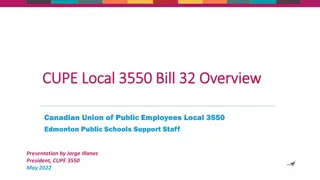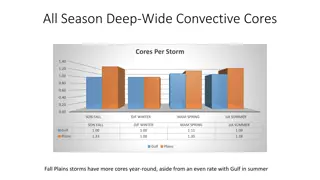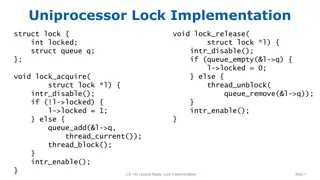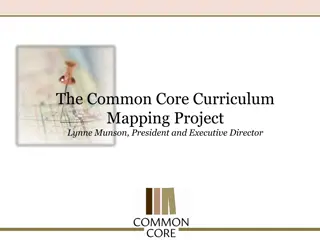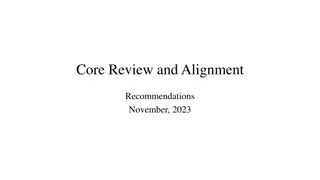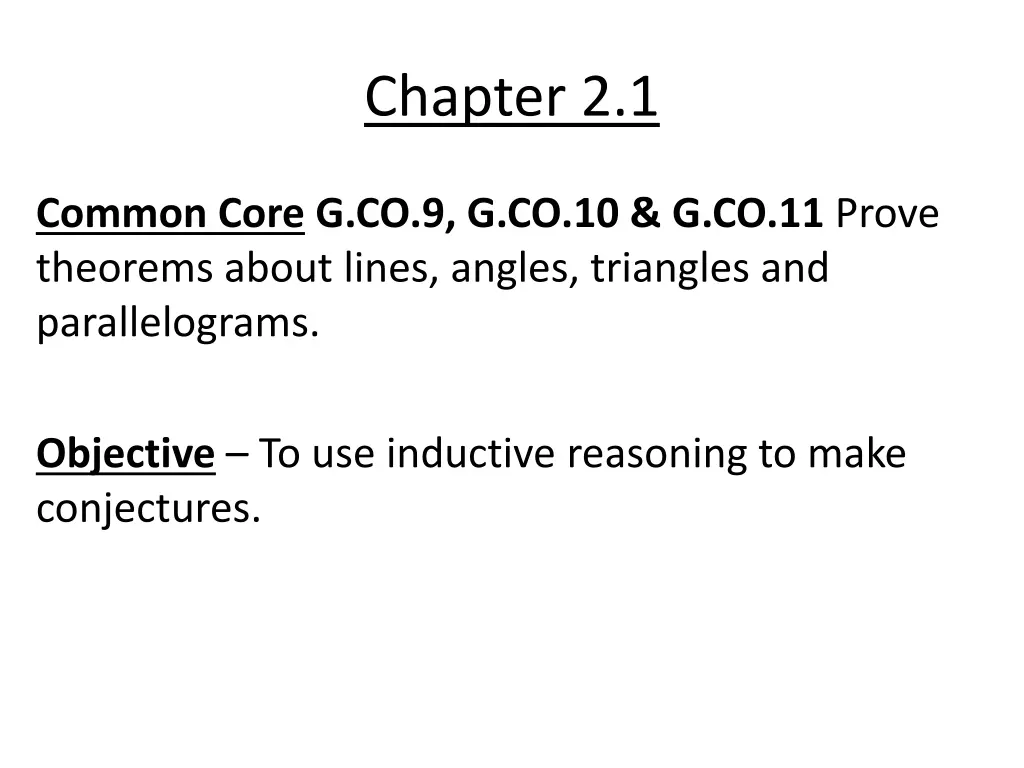
Geometry Theorems and Statements: A Comprehensive Guide
Explore the world of geometry theorems, lines, angles, triangles, and parallelograms through inductive reasoning, conditional statements, biconditionals, and deductive reasoning. Learn about conjectures, counterexamples, converses, inverses, contrapositives, and more in this detailed educational journey.
Download Presentation

Please find below an Image/Link to download the presentation.
The content on the website is provided AS IS for your information and personal use only. It may not be sold, licensed, or shared on other websites without obtaining consent from the author. If you encounter any issues during the download, it is possible that the publisher has removed the file from their server.
You are allowed to download the files provided on this website for personal or commercial use, subject to the condition that they are used lawfully. All files are the property of their respective owners.
The content on the website is provided AS IS for your information and personal use only. It may not be sold, licensed, or shared on other websites without obtaining consent from the author.
E N D
Presentation Transcript
Chapter 2.1 Common Core G.CO.9, G.CO.10 & G.CO.11 Prove theorems about lines, angles, triangles and parallelograms. Objective To use inductive reasoning to make conjectures.
Ch 2.1 Notes Inductive Reasoning is reasoning based on patterns you observe. Conjecture is a conclusion you reach using inductive reasoning. Counterexample is an example that shows that a conjecture is incorrect
Chapter 2.2 Common Core G.CO.9, G.CO.10, & G.CO.11 Prove theorems about lines, angles, triangles, and parallelograms. Objectives To recognize conditional statements and their parts. To write converses, inverses, and contrapositives of conditionals.
Ch 2.2 Notes Conditional Statements is an if-then statement If I am in Geometry class, then I am in my favorite class at IWHS. Hypothesis Conclusion
Original Sentence Converse Inverse Contrapositive -
Chapter 2.3 Common Core Common Core G.CO.9, G.CO.10, & G.CO.11 Prove theorems about lines, angles, triangles, and parallelograms. Objective To write biconditionals and recognize good definitions.
Chapter 2.3 Notes Biconditional Statement if and only if statement I am having fun if and only if I am in Geo. Class. * A true biconditional statement is true both forward and backwards.
New way to write Conditional & Biconditional statements ~ - means not - means if-then statement - means if and only if statement
Chapter 2.4 Common Core GCommon Core G.CO.9, G.CO.10, & G.CO.11 Prove theorems about lines, angles, triangles, and parallelograms. Objective To use the Law of Detachment and the Law of Syllogism.
Ch 2.4 Notes Deductive Reasoning (sometimes called logical reasoning) is the process of reasoning logically form given statements or facts to a conclusion.
Two laws of Deductive Reasoning * Law of Detachment If p q is a true conditional statement and p is true, then q is true. * Law of Syllogism If p q and q r is a true conditional statement, then p r is true.
Chapter 2.5 Common Core GCommon Core G.CO.9, G.CO.10, & G.CO.11 Prove theorems about lines, angles, triangles, and parallelograms. Objective To connect reasoning in algebra and geometry.
Ch 2.5 Notes Addition Property If a = b, then a + c = b + c Subtraction Property - If a = b, then a - c = b c Multiplication Property - If a = b, then a * c = b * c Division Property - If a = b, then a / c = b / c Reflexive Property - for any real # a, a = a Symmetric Property if a = b then b = a Transitive Property - if a = b and b = c, then a = c Substitution Property - if b = c, then where I see a b I can substitute in a c
*Distributive Property a(b+c) = Proof is a convincing argument that uses deductive reasoning. A proof logically shows why a conjecture is true. Two-Column Proof lists each statement on the left and justifies it with a statement on the right. Paragraph Proof is written as sentences in a paragraph (Ch 2.6)
Chapter 2.6 Common Core G.CO.9 Prove theorems about lines and angles. Theorems include vertical angles are congruent. Objective To prove and apply theorems about angles.
Ch 2.6 Notes Vertical Angles Thm Vertical angles are congruent Congruent Supplements Thm If 2 angles are supp. to the same angle then they are congruent.
Congruent Complements Thm If 2 angles are comp. to the same angle then they are congruent. Right Angle Congruence Thm all right angles are congruent Theorem 2.5 if two angles are congruent and supplementary, then each is a right angle.






